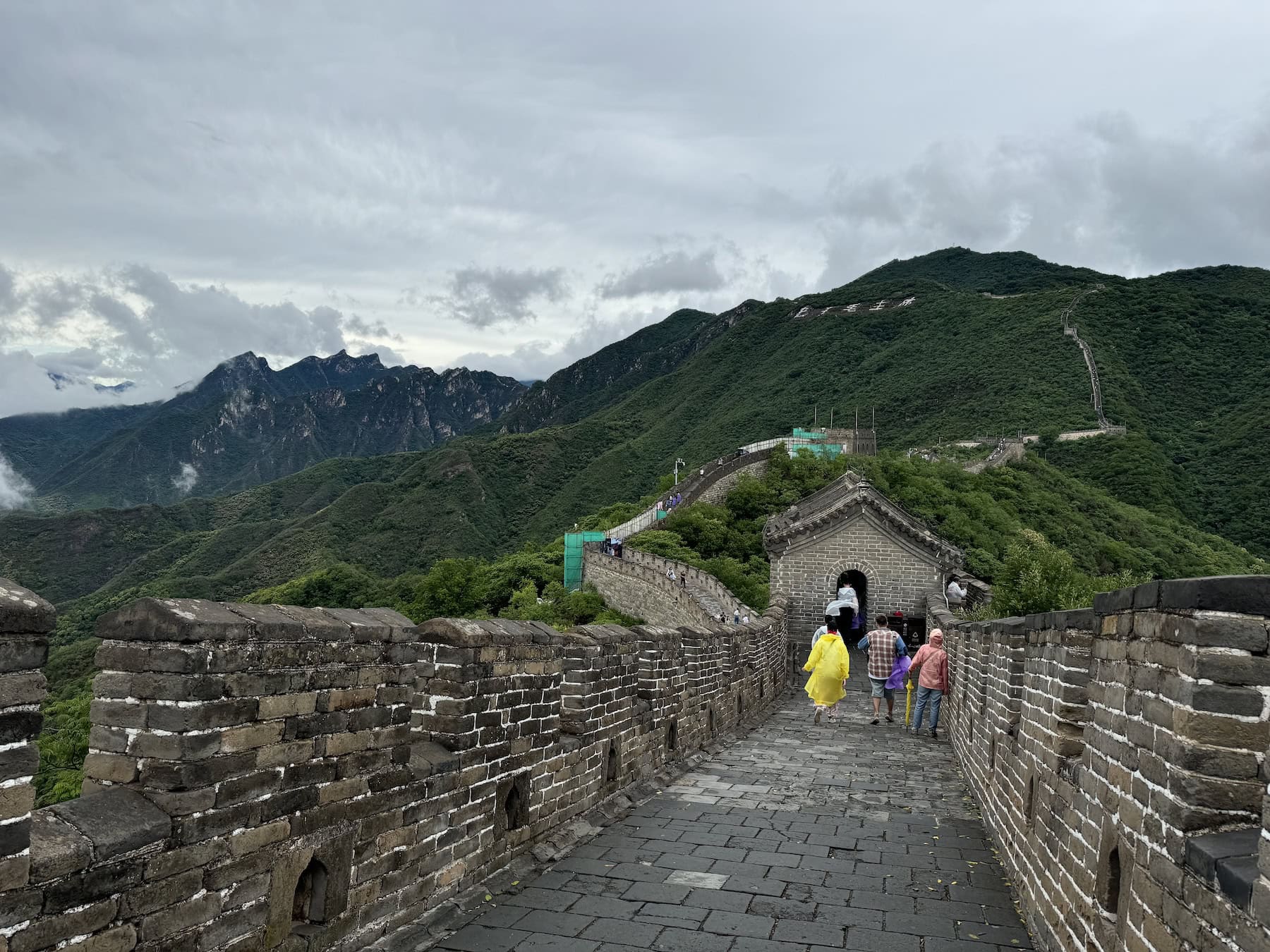
Sticky Rice Mortar History: The World’s First Composite Mortar
Stepping foot on the Great Wall of China brings awe to all travelers. And adding to that amazement is the fact that the bricks of the Great Wall are stuck together by sticky rice. Yes, rice. Learn the brief sticky rice mortar history and how it’s made the Great Wall even greater:
Sticky Rice Mortar History and the Great Wall of China
The span of the Great Wall of China all along the curving mountain tops across the country is already so incredible. Then the realization of how the structure has held its form over centuries is also amazing. Then to find out the bricks of the wall are held together by sticky rice is mind-blowing.
Sticky rice mortar was invented in China around 500 CE. It was and still is used on ancient structures such as The Great Wall of China, tombs, pagodas, and city walls. The mortar is essentially watery sticky rice paste mixed with heated limestone to form the world’s first composite mortar with organic and inorganic materials.
It is the carbohydrate component in the sticky rice that gives the mortar its centuries-lasting strength and durability. In fact, the blend actually gets stronger as it ages. On top of that, it has its high-adhesive strength, sturdiness, and waterproofing. It is also able to prevent weeds from growing through and has proven to be resistant to earthquakes and forces of warfare, and even modern day bulldozers.
Read about Tours to the Great Wall on TripAdvisor
Klook.com
Disclaimer: This article contains affiliate links. With no additional cost to you, your purchases earn me a commission if you click on the links via my website – Thank you!
Sign up for my newsletter on the sidebar for blog updates and my travel insider tips! And, check out my vlogs on YouTube!


